#tlaltecuhtli
Explore tagged Tumblr posts
Text


8. Element
They are a Bismuth Aztec god inspired by Tlaltecuhtli!
#MAYBE MY FAVE SO FAR#dont draw bismuth btw guys it sucksss#30characterdesigns#30 character designs#30 day art challange#art challenge#30 day art challenge#30 day challenge#digital art#aztec#aztec mythology#aztec god#Tlaltecuhtli#bismuth#element#nonbinary#nonbinary character#commission#commissions#commissions open
10 notes
·
View notes
Text
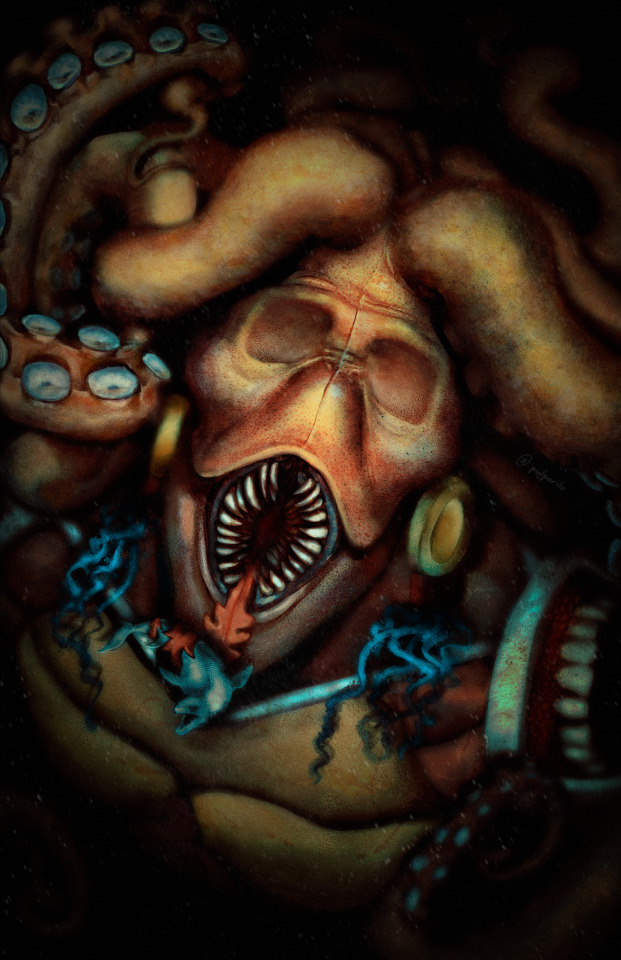
Mi interpretación de Tlaltecuhtli
youtube
#my art#speedpaint#digital art#tlaltecuhtli#macario#octopus#sea#ocean#océano#mar#pulpo#mitología azteca#aztec mythology#art#artists on tumblr#mexico#Youtube
32 notes
·
View notes
Text
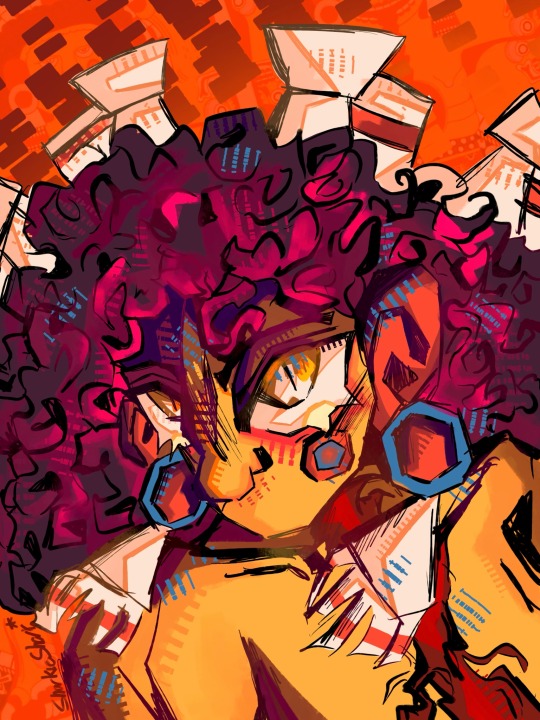
MY GIRL
#artedigital#arte#dibujante#dibujo#artista#mi arte#ayuda#jajaja#no se que poner#mexico#mexica#nahuatl#Tlaltecuhtli#girlboss fr#omg#yipee#art#artwork#digital art#drawing#aaaaaa#mi novia#lol#mexican#no se que hacer#help 😭#🙏🏻#🇲🇽#mexico 🇲🇽
11 notes
·
View notes
Text
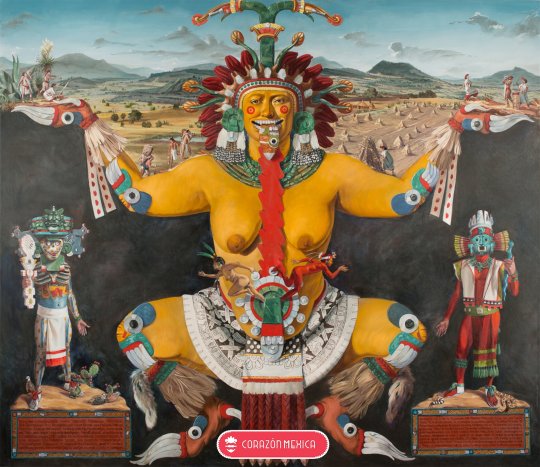
Mi Corazón Mexica, Tlaltecuhtli, Mother Earth, Aztec Earth Goddess,
9 notes
·
View notes
Text


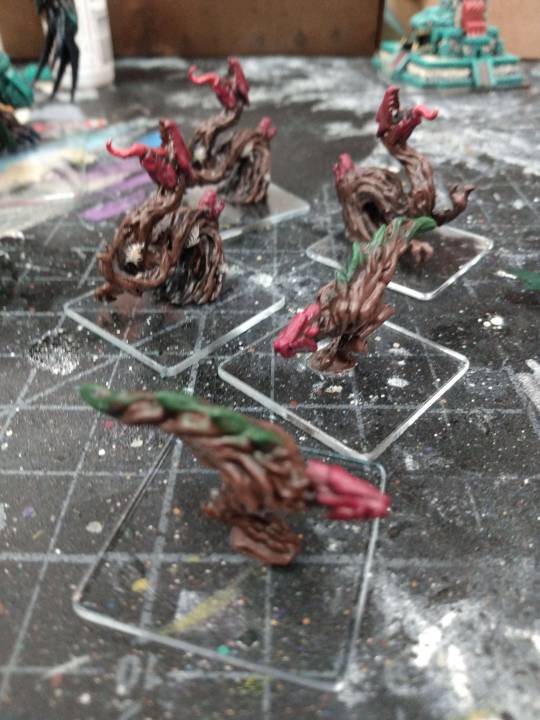

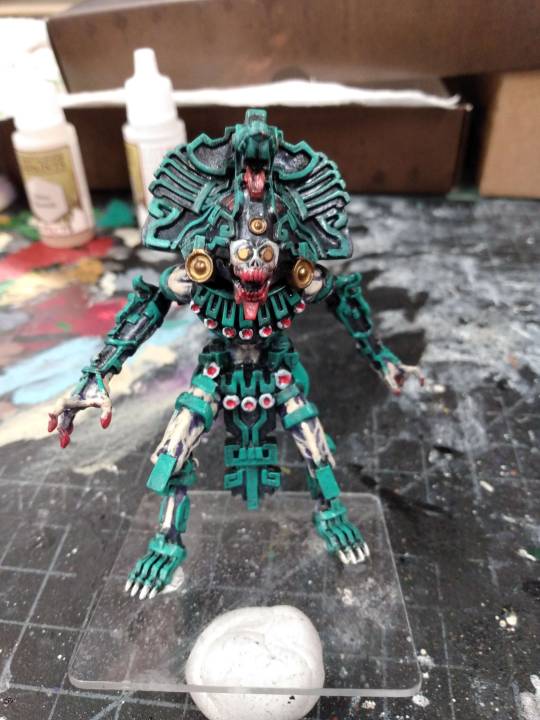
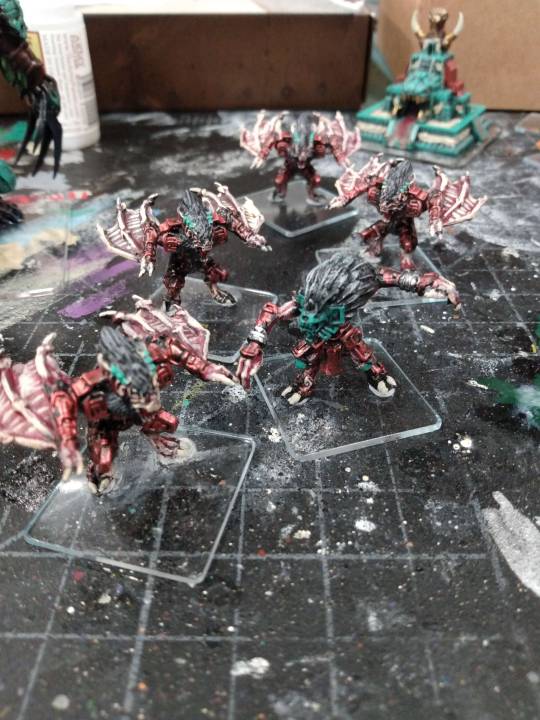
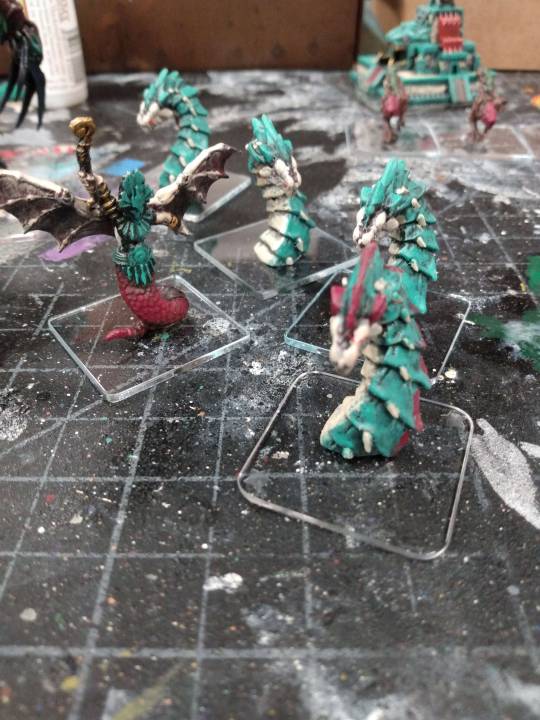

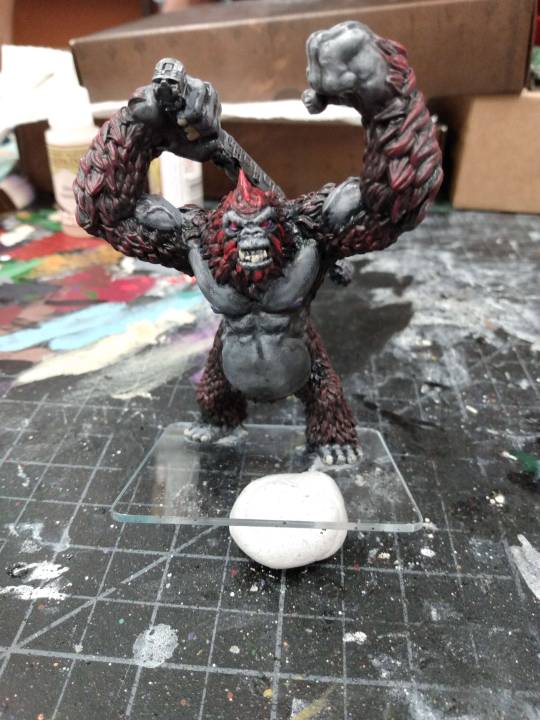
The results of a few paint nights at my friendly local game store. Privateer Press' game Monsterpocalypse, all of them. Entire Ancient Ones faction, plus some Empire of the Apes models.
#monsterpocalypse#privateer press#empire of the apes#king kong#planet of the apes#ancient ones#camazotz#mictlantecuhtli#tlaltecuhtli#miniatures painting#miniatures wargame#kaiju#giant monsters#daikaiju
12 notes
·
View notes
Photo
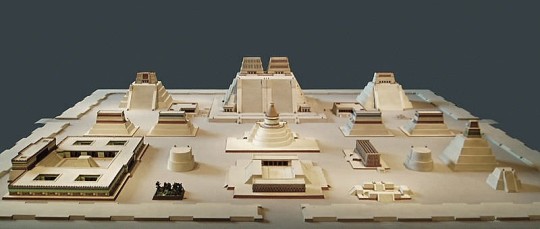
Tenochtitlan
Tenochtitlan, située sur une île près de la rive occidentale du lac Texcoco, dans le centre du Mexique, était la capitale et le centre religieux de la civilisation aztèque. La date traditionnelle de fondation de la ville est 1345 et elle resta le centre aztèque le plus important jusqu'à sa destruction par les conquérants espagnols menés par Hernán Cortés en 1521, ce qui conduisit à l'effondrement final de l'empire aztèque. Au cœur de la ville se trouvait une grande enceinte sacrée dominée par l'immense pyramide, connue sous le nom de Temple Mayor, qui honorait les dieux Huitzilopochtli et Tlaloc. Le site, aujourd'hui Mexico, continue de faire l'objet de fouilles et a livré certains des plus grands trésors de l'art aztèque, comme la célèbre pierre du soleil, ainsi que des objets d'art que les Aztèques eux-mêmes ont collectés auprès des autres grandes civilisations de la Mésoamérique.
Lire la suite...
4 notes
·
View notes
Text
Upholstery / Kárpitozás: Truth of Chaos/ Igazság káosza

View On WordPress
#boccadellaverita#chaos#crocheting#figure#florahartyandi#footrest#god#handmade#legends#macramé#mythology#school#tlaltecuhtli#truth#upholstery#water#woven
0 notes
Photo

Sun Stone
The Aztec Sun Stone (or Calendar Stone) depicts the five consecutive worlds of the sun from Aztec mythology. The stone is not, therefore, in any sense a functioning calendar, but rather it is an elaborately carved solar disk, which for the Aztecs and other Mesoamerican cultures represented rulership. At the top of the stone is a date glyph (13 reed) which represents both the beginning of the present sun, the 5th and final one according to mythology, and the actual date 1427 CE, thereby legitimizing the rule of Itzcoatl (who took power in that year) and creating a bond between the divine and mankind.
The stone was discovered in December 1790 CE in the central plaza of Mexico City and now resides in the National Museum of Anthropology in that city. The richly carved basalt stone was once a part of the architectural complex of the Temple Mayor and measures 3.58 metres in diameter, is 98 centimetres thick, and weighs 25 tons. The stone would originally have been laid flat on the ground and possibly anointed with blood sacrifices. When it was discovered, the stone was lying flat and upside down, perhaps in an attempt to prevent the final cataclysm - the fall of the 5th and final sun - as the Aztec world fell apart following the attack from the Old World.
At the centre of the stone is a representation of either the sun god Tonatiuh (the Day Sun) or Yohualtonatiuh (the Night Sun) or the primordial earth monster Tlaltecuhtli, in the latter case representing the final destruction of the world when the 5th sun fell to earth. The tongue is perhaps also a sacrificial knife and, sticking out, it suggests a thirst for blood and sacrifice. Around the central face at four points are the other four suns which successively replaced each other after the gods Quetzalcoatl and Tezcatlipoca struggled for control of the cosmos until the era of the 5th sun was reached. The suns are known by the day name on which their final destruction occurred. Beginning from the top right there is the first sun Nahui Ocelotl (4 - Jaguar), top left is the second sun Nahui Ehécatl (4 - Wind), bottom left the third sun Nahui Quiáhuitl (4 - Rain) and bottom right is the fourth sun Nahui Atl (4 - Water).
On either side of the central face are two jaguar heads or paws, each clutching a heart, representing the terrestrial realm. The band running immediately around the suns is segmented into the 20 Aztec day-names (hence the Calendar Stone name). Then there is a decorative ring surrounded by another ring depicting symbols which represent turquoise and jade, symbols of the equinoxes and solstices, and the colours of the heavens. The two heads at the bottom centre represent fire serpents, and their bodies run around the perimeter of the stone with each ending in a tail. The four cardinal and the inter-cardinal directions are also indicated with larger and lesser points respectively.
Continue reading...
169 notes
·
View notes
Text
HUNGRY
Warnings: description of corpse.
Inspired by @diejager monster 141 series and @bluegiragi vampire graves
Taglist: @batw3nch
“You must be hungry, huh? Your people no longer spill blood to feed you. That’s okay, I can feed you, friend.” Your voice was a raspy coo. The taste of honey sweet power flowed on the back of Graves’s tongue. You should be dead. He had personally drained you dry himself, to spite the 141, yet here you were. A corpse, leaning in the doorway of the cell they died in. Well he could always try again.
���Now darlin��, why don’t you just step back in that door way and we’ll get you in a minute.” Graves kept his voice cheerful. Your milky unseeing eyes locked on him and he swears he could feel the devil clawing down his spine.
“Tlaltecuhtli has been hungry so long. I want to feed her first.”
Your raspy coo mixed and layered with what sounded like a child’s pleading. Even his thralls shivered as those blue lips stumbled over syllables. The taste of honey began to mix with stone dust.
Grave’s shook his head. “No can do, storm cloud. Why don’t you step back in that cell? I’m sure you can feed them later.” Your face twitched as if trying to decide between laughing and frowning. Grave’s lightly rested a finger over the trigger of his rifle. You smiled then. A slow creeping gateway into a pitch black mouth. “But she’s already here.” And the earth cracked.
#call of duty x reader#cod mw2#eld writes#141 x reader#philip graves#monster reader#eldritch reader#secret world legends#the secret world
274 notes
·
View notes
Text

Tonatiuh Talon Abraxas
Tonatiuh, the Sun or the Sun God. Symbol of the Fifth World, the present era.
According to Aztec Mythology, there have been four historical ages, called Suns - those of earth, wind, fire and water. Each has been destroyed. The present era is that of the Sun of Movement, Ollintonatiuh. It is also known as Nahuiollin or 4-Ollin (Movement). In the famous stone of Axayacatl, as you can see on the left, Tonatiuhs face is embedded in this calendrical sign. The wings of the Ollin symbol show the calendrical signs of the past four eras. Tonatiuhs claws are aspects of the Earth Goddess, Tlaltecuhtli.
32 notes
·
View notes
Text
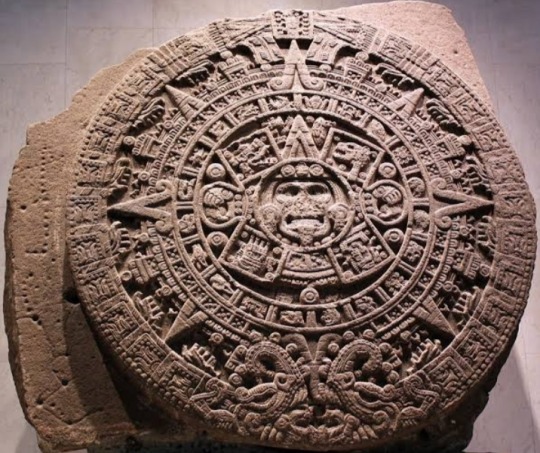
Aztec Sun Stone (Calendar Stone) depicts five consecutive worlds of the sun from Aztec mythology.
Stone is not, therefore, in any sense a functioning calendar, but rather it is an elaborately carved solar disk, which for Aztecs and other Mesoamerican cultures represented rulership.
At the top of the stone is a date glyph (13 reed), which represents both beginning of the present sun, fifth and final one according to mythology, and the actual date 1427 CE, thereby legitimizing the rule of Itzcoatl (who took power in that year) and creating a bond between divine and mankind.
Stone was discovered in December 1790 CE in central plaza of Mexico City. It now resides in National Museum of Anthropology in that city.
The richly carved basalt stone was once a part of the architectural complex of Temple Mayor and measures 3.58m in diameter, is 98cm thick, and weighs 25 tons.
Stone would originally have been laid flat on the ground and possibly anointed with blood sacrifices.
When it was discovered, the stone was lying flat and upside down, perhaps in an attempt to prevent the final cataclysm — fall of fifth and final sun as Aztec world fell apart following the attack from Old World.
At the centre of the stone is a representation of either the sun god Tonatiuh (the Day Sun) or Yohualtonatiuh (the Night Sun) or the primordial earth monster Tlaltecuhtli, in the latter case representing the final destruction of the world when the fifth sun fell to earth.
The tongue is perhaps also a sacrificial knife and, sticking out, it suggests a thirst for blood and sacrifice.
Around the central face at four points are other four suns, which successively replaced each other after gods Quetzalcoatl and Tezcatlipoca struggled for control of the cosmos until the era of the fifth sun was reached.
The suns are known by the day name on which their final destruction occurred.
Beginning from the top right, there is the first sun Nahui Ocelotl (4 - Jaguar), top left is the second sun Nahui Ehécatl (4 - Wind), bottom left the third sun Nahui Quiáhuitl (4 - Rain), and bottom right is the fourth sun Nahui Atl (4 - Water).
On either side of the central face are two jaguar heads or paws, each clutching a heart, representing the terrestrial realm.
The band running immediately around the suns is segmented into the 20 Aztec day-names (hence Calendar Stone name).
Then there is a decorative ring surrounded by another ring depicting symbols, which represent turquoise and jade, symbols of the equinoxes and solstices, and the colours of the heavens.
Two heads at bottom centre represent fire serpents, and their bodies run around perimeter of the stone with each ending in a tail.
Four cardinal and the inter-cardinal directions are also indicated with larger and lesser points respectively.
#Aztec Sun Stone#Calendar Stone#Aztec mythology#carved solar disk#date glyph#National Museum of Anthropology
37 notes
·
View notes
Text

Earth as Coatlicue/Tlaltecuhtli from aztec mythology.
I notice alot of other artist draw the planets in greek/Roman attire (which I love btw!!) But it got me thinking, especially after sun called themselves Ra, what other names would the planets go under? Ofc, being the mesoamerican lover I am, I wanted to test myself art wise in making Earth his Aztec conterpart(s).
The Aztec goddess of the Earth and Life respectively are Tlaltecuhtli and Coatlicue. I took inspiration from both goddess design wise when making this, trying my best to stay as close to the depictions we have of the goddess. I will leave links and sources ofc!!
I also plan to do this with a few other gods. It's a fun way to practice and learn more about other cultures!!
youtube
22 notes
·
View notes
Text


Not my drawing but a commission i got of one of my Warhammer OC's. (The second drawing is mine)
Her name is Lysandra, she's nearly 400 years old, and she serves her home planet of Tavear with pride.
I put the description below if anyone wants to read it.
- Character Information -
Name: Zaniyah “Lysandra” Necalli
Age: 353 Years
Allegiance: Loyalist
Status: Alive
- Character Synopsis -
Zaniyah, also known as Lysandra Necalli, was born on the planet of Ome (Tlaltecuhtli), a planet that underwent extermination 300+ years ago. Lysandra was raised by her biological father and her stepmother. She had a younger brother by the name of Nihle who was taken during the haste transportation of the surviving children of Ome. During her 7th cycle of life, Lysandra’s parents were executed under the pretense of practicing anti-imperial faith. Ultramarines and a Salamander Captain, Caius, lead the inhalation of the adult population. Once all the children were put onto their fleet ship and transported out of orbit, they were then divided into groups of boys and girls. Lysandra’s brother is taken away from her care by Ultramarine soldiers under the orders of Captain Caius of the Salamanders. His reasoning was that he had no use for sons. This is later on revealed to have been done due to Caius's fall into chaos and belief that by creating a greater army of Valkyries, it would help aid Empress Cicel’s dream of an ideal homeworld for her people.
Lysandrra right after the destruction of her home planet is brought to Tavear and is enrolled in the La Maison des Vengados school. Lysandra aimed to be a top student and get the lucrative opportunity to join the Valkyries as a new soldier. This did not come to fruition and instead, she was asked to lead her sisters of Ome as a Legion Master. This legion was named the Ultio Compagnie. This legion specialized in advanced knowledge of the art of espionage and human connection. The Ultios are masters of creating deeply rooted human connections and use this to their advantage to further themselves in their assignments. They act as the secret police but masquerade as public servants such as nurses, doctors, and caretakers to the masses. As time passes, they are encouraged to have children as their children would inherit their mutated traits.
Considered a valuable asset alongside her other Ome sisters, Lysnadra and the other Ome natives were given life-lengthening procedures and medication.
After Cicel fell into her coma, Lysandra was elected as the new ruler and corrinated ‘Empress’ of the planet much to her dislike. She reinvented the political system on Tavear, ensuring that not only she would have sole power or control.
7 notes
·
View notes
Text
*cutely makes Tezcatlipoca a robot so it's less suspicious for smoke to start emanating from him*
*cutely makes Tonatiuh and Tlaltecuhtli also robots so it's less weird for them to be after the fuel that powers them instead of actual literal blood*
*cutely makes Tlaloc a walrus so it's less weird for him to have giant teeth poking out of his mouth*
*cutely creates an in-universe skeleton species to make Mictlantecuhtli fit in* <- *cutely decides to make the bones of the fifth era also a character*
7 notes
·
View notes
Text



Tepeyollotl, Heart of the Mountain, the Jaguar of Night, lord of the animals, darkened caves, echoes and earthquakes.
In Aztec mythology, Tepeyollotl ("heart of the mountains"; also Tepeyollotli) was the god of earthquakes, echoes and jaguars. He is the god of the Eighth Hour of the Night, and is depicted as a jaguar leaping towards the sun. He may be the same as Mictlantecutli, Tlaltecuhtli, Teoyaomicqui and Tezcatlipoca. The word is derived as a compound of the Nahuatl words tepētl ("mountain"), and yōllōtl ("heart" or "interior").
Image: Tepeyollotl by Mahaboka
3 notes
·
View notes
Photo
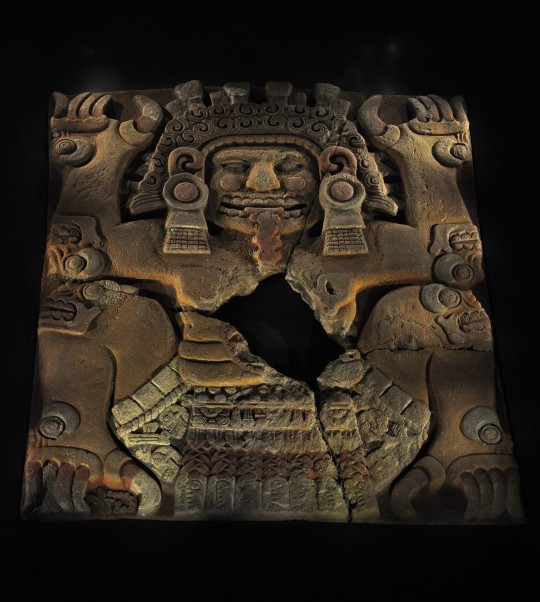
Tlaltecuhtli
Tlaltecuhtli, "Seigneur/Dame de la Terre", était une déesse mésoaméricaine de la terre associée à la fertilité. Représentée comme un terrible monstre crapaud, son corps démembré donna naissance au monde dans le mythe aztèque de la création du cinquième et dernier cosmos. En tant que source de vie, on pensait qu'il fallait constamment l'apaiser par des sacrifices de sang, en particulier de cœurs humains.
Lire la suite...
0 notes